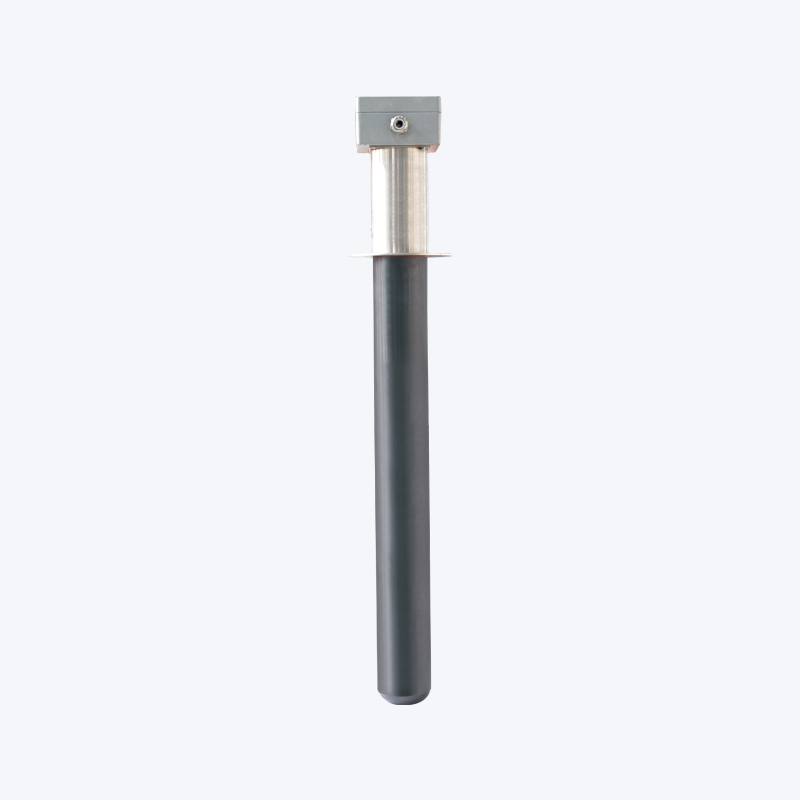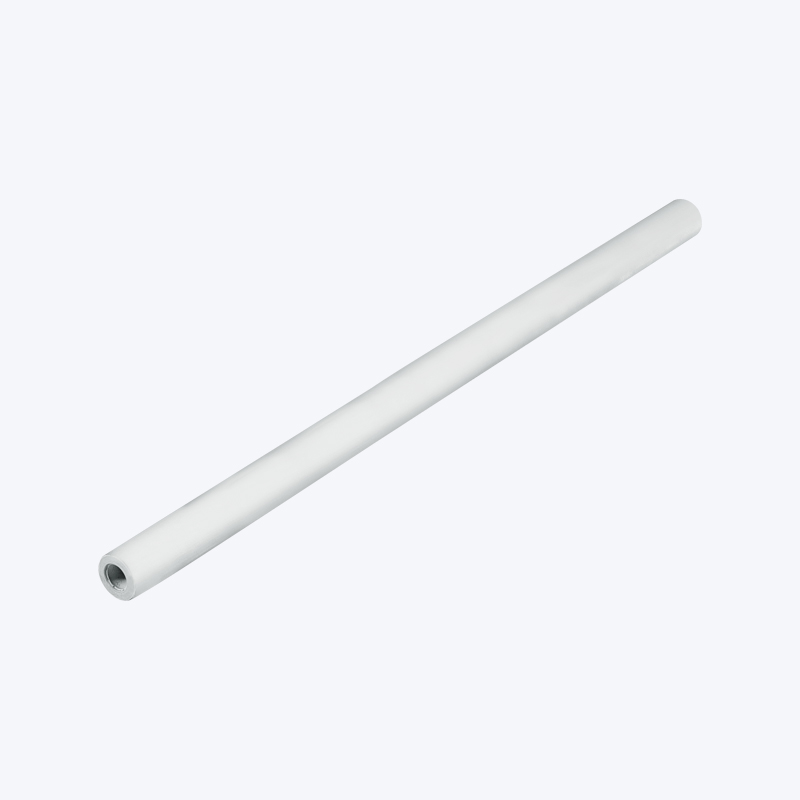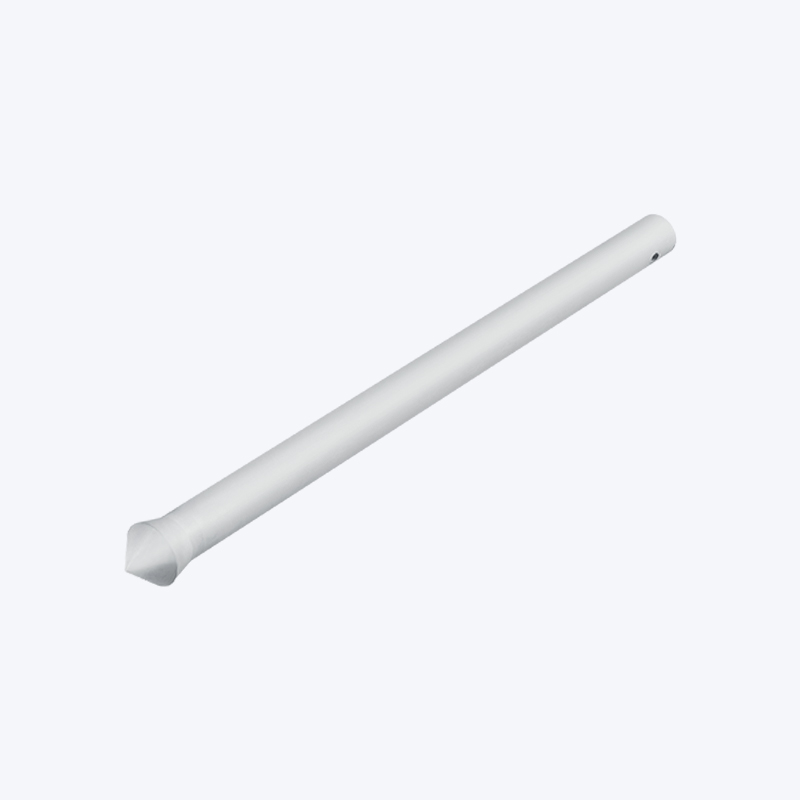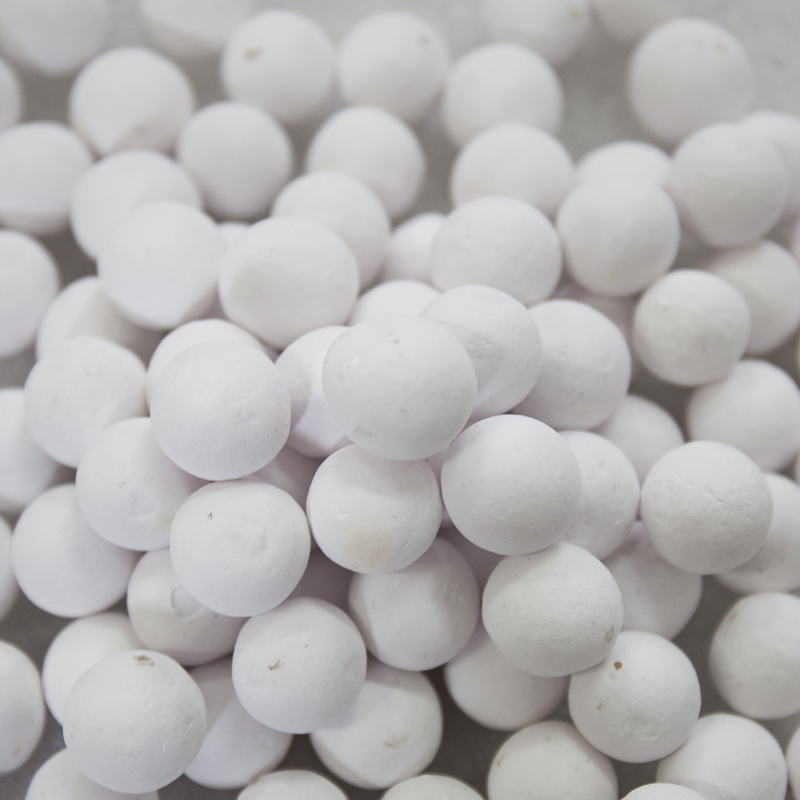How to choose an Aluminium Immersion Heater?
Immersion heaters are essential components in many industrial and commercial applications for heating liquids to a specific temperature. When choosing the right heater, the material is a critical factor. Aluminum immersion heaters, also commonly referred to as aluminum heating elements or aluminum liquid heaters, are a popular choice due to their unique properties. This article will provide a professional guide on how to select an aluminum immersion heater, ensuring its performance, efficiency, and safety.
1. Understand Your Application Needs
Before selecting any heater, you must have a clear understanding of your application. This will help you determine the specific specifications required for the heater.
-
Heating Medium: What liquid do you need to heat? Is it water, oil, a chemical solution, or another medium? Different media have varying requirements for the heater's material, wattage, and protection rating.
-
Temperature Range: To what temperature do you need to heat the liquid? Determine the maximum and minimum operating temperatures, as this will influence the choice of the heating element and insulation materials.
-
Container Size and Shape: What container will the heater be installed in? The container's dimensions (depth, diameter) and shape will affect the heater's length and flange type.
-
Wattage Requirements: How much power is needed to reach the target temperature within a specified time? This often requires thermodynamic calculations, including the liquid's specific heat capacity, mass, and the desired temperature increase.
2. Why Choose an Aluminum Immersion Heater?
Aluminum heaters are popular primarily due to their excellent thermal conductivity, lightweight properties, and relative cost-effectiveness.
-
Excellent Thermal Conductivity: Aluminum has a very high thermal conductivity, which means it can efficiently transfer heat from the element to the liquid, shortening the heating time.
-
Lightweight: Aluminum is a lightweight metal, making the heater easier to install and maintain.
-
Cost-Effective: Compared to more expensive materials like stainless steel or titanium, aluminum heaters offer a cost-effective solution for many non-corrosive applications.
However, it's important to note that aluminum has relatively poor corrosion resistance. Therefore, aluminum immersion heaters are generally not suitable for highly acidic or alkaline corrosive liquids. In these cases, stainless steel or titanium heaters would be a better choice.
3. Key Selection Parameters
After determining your basic needs, here are some core parameters you need to discuss with the supplier:
3.1 Wattage
Wattage is the heater's core parameter, which directly determines the heating speed. Power density (in W/cm²) is also crucial. A high power density means more heat output per unit area, which can lead to excessively high temperatures on the heating element's surface, potentially damaging the heater or the heating medium, especially when heating temperature-sensitive liquids like oil. Therefore, choosing a power density that matches the application is essential.
3.2 Heating Element Shape and Design
The element of an aluminum immersion heater can come in various shapes, such as:
-
Straight Tubular: Simple in structure and easy to install.
-
U-shaped or Screw Plug: Compact, suitable for containers with limited space.
-
Flanged: Suitable for applications requiring a reliable seal and high-pressure environments.
The choice of design depends on your container and installation method.
3.3 Temperature Control and Safety Features
To ensure the safety and precision of the heating process, a quality heater should be equipped with the following features:
-
Temperature Controller: Used to set and maintain the desired temperature. It can be mechanical or digital.
-
High-Limit Switch/Thermal Fuse: Automatically cuts power when the heater's temperature exceeds a safety threshold, preventing overheating.
-
Liquid Level Sensor: Automatically stops heating when the liquid drops below a safe level, preventing dry firing.
These safety features are crucial for protecting the equipment, preventing fires, and ensuring personnel safety.
4. Maintenance and Installation
Proper installation and regular maintenance can significantly extend the lifespan of an aluminum heating element.
-
Installation: Ensure the heater is fully submerged in the liquid. Any part exposed to the air can lead to overheating and damage.
-
Cleaning: Regularly inspect and clean off any scale or deposits on the heating element's surface. These deposits can reduce heating efficiency and potentially cause localized overheating.
-
Inspection: Periodically check the cables, terminals, and seals for any signs of damage.
Conclusion
Choosing the right aluminum liquid heater is more than just looking at the price. It's a comprehensive process that considers application needs, material properties, wattage requirements, and safety features. By carefully evaluating all these aspects, you can make a professional and informed decision, ensuring your heating system operates efficiently, safely, and reliably. Before making a final choice, consulting with a professional heater supplier for their technical support and advice will be a key step towards a successful project.
Contact Us for Quotes and Prices!
Just let us know what you want, and we will get in touch with you as soon as possible!

 English
English 简体中文
简体中文













